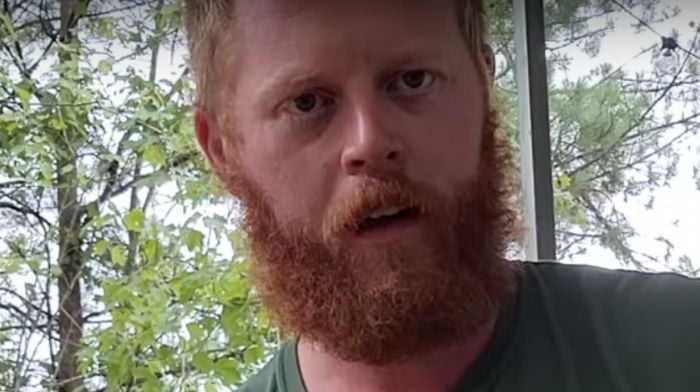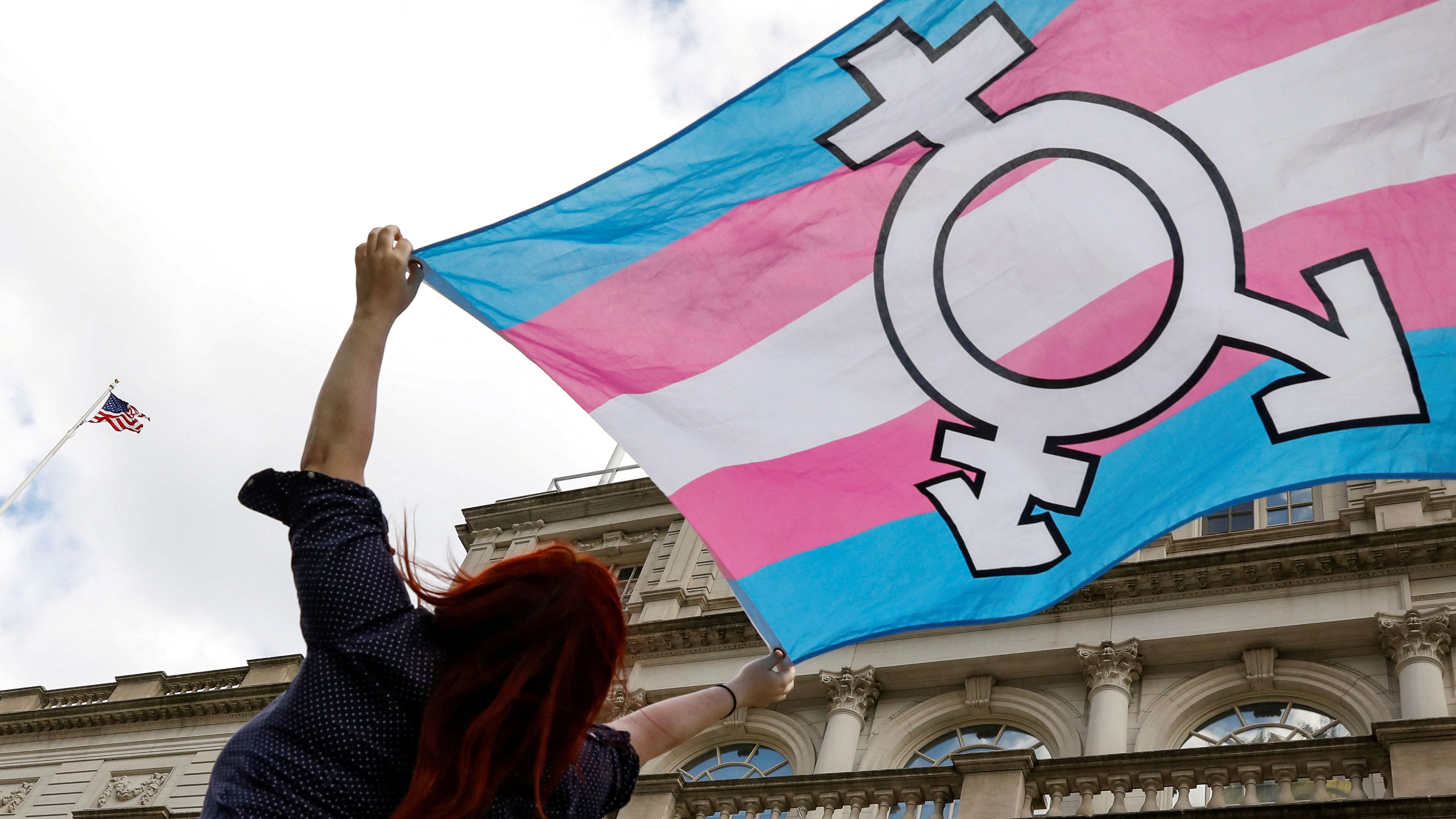
More adults than ever are using cannabis in the US
Shutterstock/guruXOX
Cannabis and psychedelic drug use hit record highs last year among adults in the US. This peak caps off a decade-long upswing in the use of these substances. The reasons the country’s appetite for mind-altering substances is booming are unclear, but the increase may reflect shifting attitudes around these drugs, increased accessibility and a faltering healthcare system.
Megan Patrick at the University of Michigan and her colleagues collected data on substance use in US adults between April and October 2022, as part of the Monitoring the Future study. This annual report has tracked substance use in the US since 1975. Approximately 28,500 adults participate each year, all of whom joined during their last year of secondary school.
The researchers found that almost 44 per cent of young adults between 19 and 30 years old and nearly 28 per cent of “midlife” adults ages 35 to 50 reported using marijuana in the past 12 months – an all-time high for both.
Daily marijuana use also hit records in 2022: more than 11 per cent of young adults and more than 6 per cent of midlife adults said they used cannabis on at least 20 of the last 30 days. That is double the rates seen in 2012.
Psychedelic drug use is up, too. In 2022, about 8 per cent of young adults and 4 per cent of midlife adults said they used hallucinogenic drugs such as LSD or MDMA in the past 12 months. This is more than double the rates from 2012.
The uptick is probably due to legalisation, which has made these drugs more accessible as well as more socially acceptable. Medical marijuana is legal in 38 states, and 23 of them, plus Washington DC, allow recreational use. A handful of US cities, including Seattle and Denver, Colorado, have also decriminalised psilocybin in recent years, and two states – Oregon and Colorado – have legalised medical use of the psychedelic.
The US Food and Drug Administration has only approved four compounds derived from or related to cannabis for a few rare conditions, including epilepsy and chemotherapy-induced nausea. Even so, there is a widespread belief that it can treat more conditions, which may contribute to escalating use, says Jennifer Bailey at the University of Washington in Seattle. Almost half of marijuana users in a 2016 survey, for instance, said they use the drug for medical purposes.
“A lot of people can’t afford healthcare whereas they might be able to afford some cannabis down at the store,” says Bailey. “I think a lot of people are [also] worried about opioids and don’t want to resort to them to treat their pain.”
Similarly, interest in psychedelic drugs has spiked in recent years as a growing body of evidence suggests that they can help treat depression, substance use disorders and other mental health conditions. Given the high rate of mental health conditions in the US, people may be experimenting with psychedelics to self-medicate, says Natalie Gukasyan at Columbia University in New York.
The trend could also reflect a shift away from other more harmful substances, she says. For the past decade, use of narcotics, sedatives, amphetamines and alcohol, for example, have been decreasing among young adults. While midlife adults are drinking more, their use of narcotics other than heroin has declined.
“Whatever the cause of these shifting rates of use, it’s important to emphasise that psychedelics carry risks”, especially in situations without screening or other physical or social safeguards in place, says David Yaden at Johns Hopkins University in Maryland. The same is true for marijuana, especially if people use it medicinally without speaking to a doctor, says Bailey.
Topics:


























































